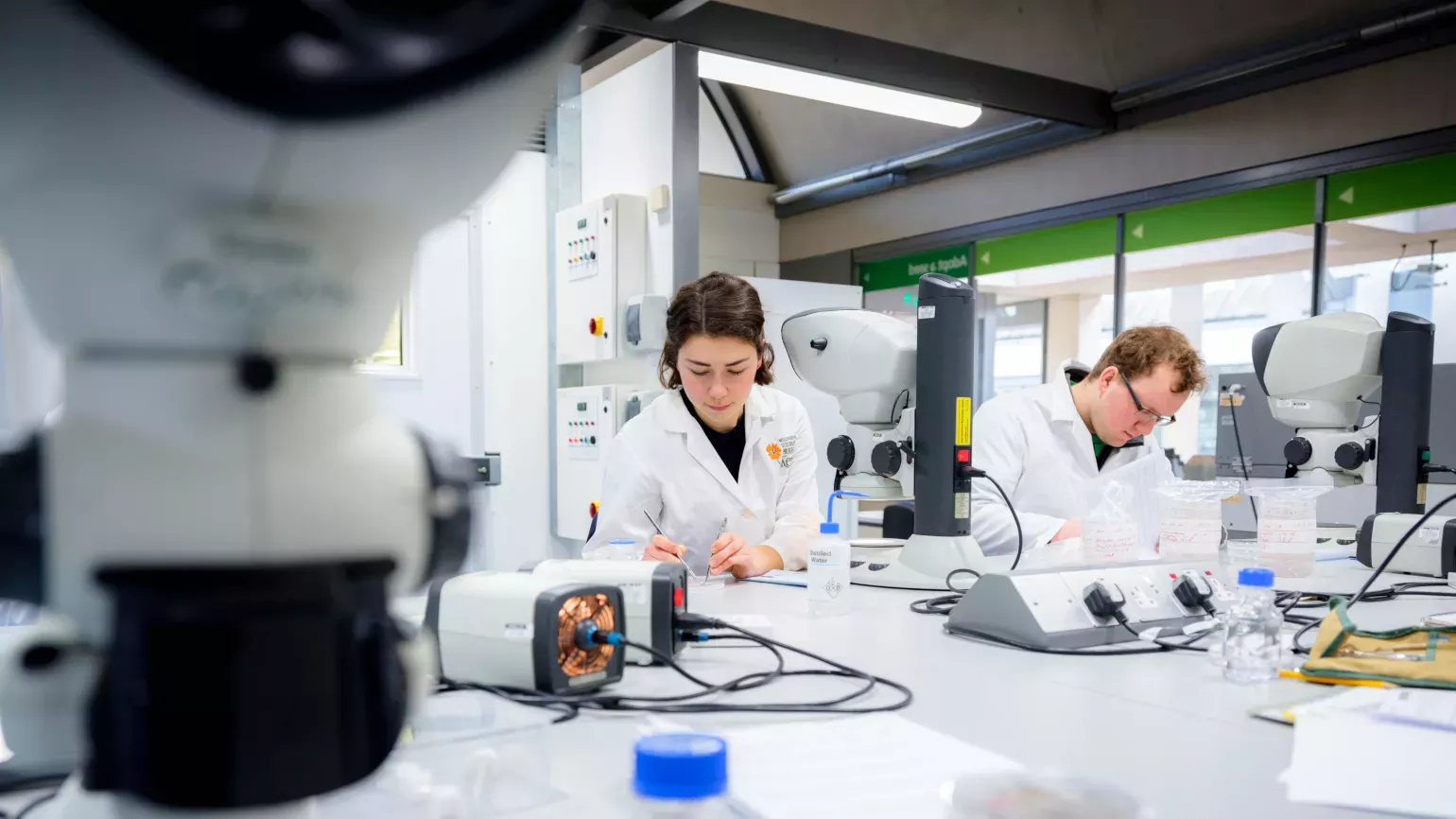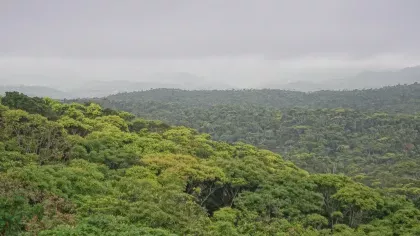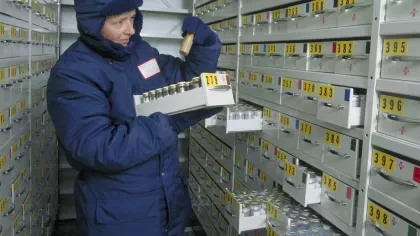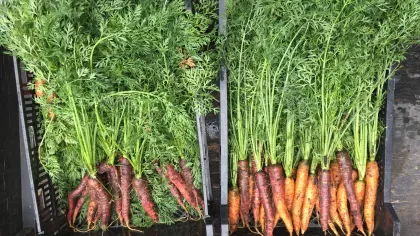6 January 2020
4 ways Kew is protecting the planet from climate change
Find out more about how Kew is helping to tackle one of the most pressing global challenges.

Our climate is changing; global temperatures are rising, and we are increasingly witnessing extreme weather conditions.
This is placing unprecedented pressure on life on Earth, including many of the plants and fungi we rely on for food, medicine and materials.
From banking the seeds of endangered plant species, to assessing extinction risk, Kew is helping to protect our plants and fungi from climate change.

1. Seed banking
Kew’s Millennium Seed Bank (MSB) preserves plants from around the world for the future.
Most of the seeds stored at the MSB were collected from plant species that are endangered, economically important, or only found in one area of the world.
These essential seed reserves could be used in the future to restore damaged habitats and reintroduce species into the wild.
One of our main seed banking projects is conserving the wild cousins of our crops. These Crop Wild Relatives (CWR) have unique characteristics that could be used to develop new crop varieties that are more resilient to climate change.
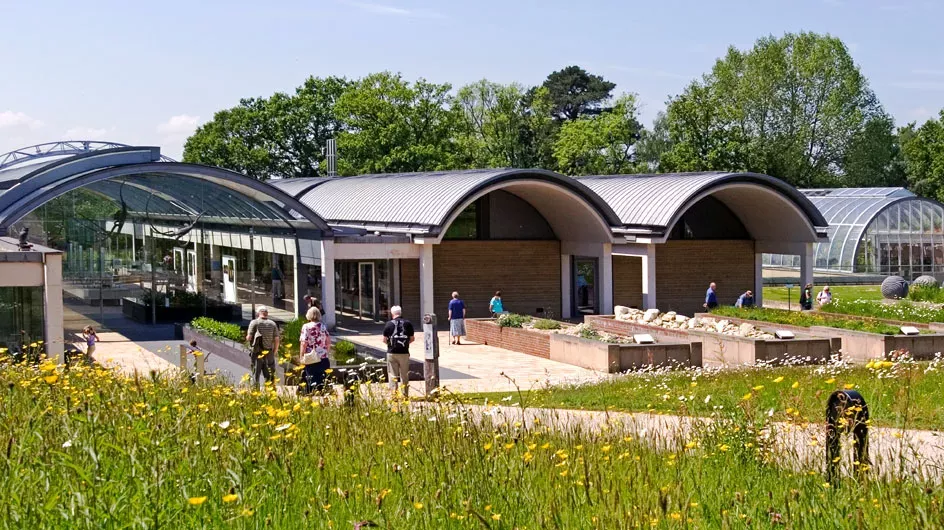

2. Match-making plants and fungi
Hidden below ground there are vast networks of fungi that connect with plants via their roots.
These fungi form mutually beneficial relationships with plants; the fungi help the plants gain water and nutrients from the soil, while the plants provide the fungi with carbohydrates from photosynthesis.
Fungi-plant relationships are vital to the survival and growth of some plant species.
For example, the seeds of many species of orchid require highly specific endomycorrhizal fungi (fungi that grow in the cells of plant roots) to germinate and develop into seedlings.
With soil characteristics and fungal abundance changing as a result of climate change, land use changes, and biological and chemical changes, wild orchid numbers are rapidly declining.
There is only one naturally wild Lady Slipper orchid (Cypripedium calceolus) left in the UK.
Kew are looking at orchid species that are closely related to the Lady Slipper orchid (Cypripedium calceolus) and identifying their endomycorrhizal fungi.
This could help us find fungi that are compatible with the Lady Slipper orchid (Cypripedium calceolus) - fungi that support the germination of its seeds - so that we can reintroduce plants into the wild that naturally produce seedlings and ensure the long-term conservation of this species.

3. Extinction risk assessments
Kew's Plant Assessment Unit conducts risk assessments for the IUCN Red List to identify plants that are threatened with extinction.
Plant species are either assessed for the first time to determine their threat status, or repeat assessments are carried out on species to determine trends over time.
Following assessment, species are assigned a category depending on their likelihood of extinction. These categories range from Least Concern (no or very little risk of extinction) to Critically Endangered (very close to extinction).
Kew scientists revealed that 60% of wild coffee species are under threat of extinction. This includes the wild relative of Coffea arabica, the world’s most popular coffee, which is classified as endangered due to climate change.
These Red Lists will not only reveal how many species are threatened by extinction, but also help us to define conservation priorities and develop effective strategies.
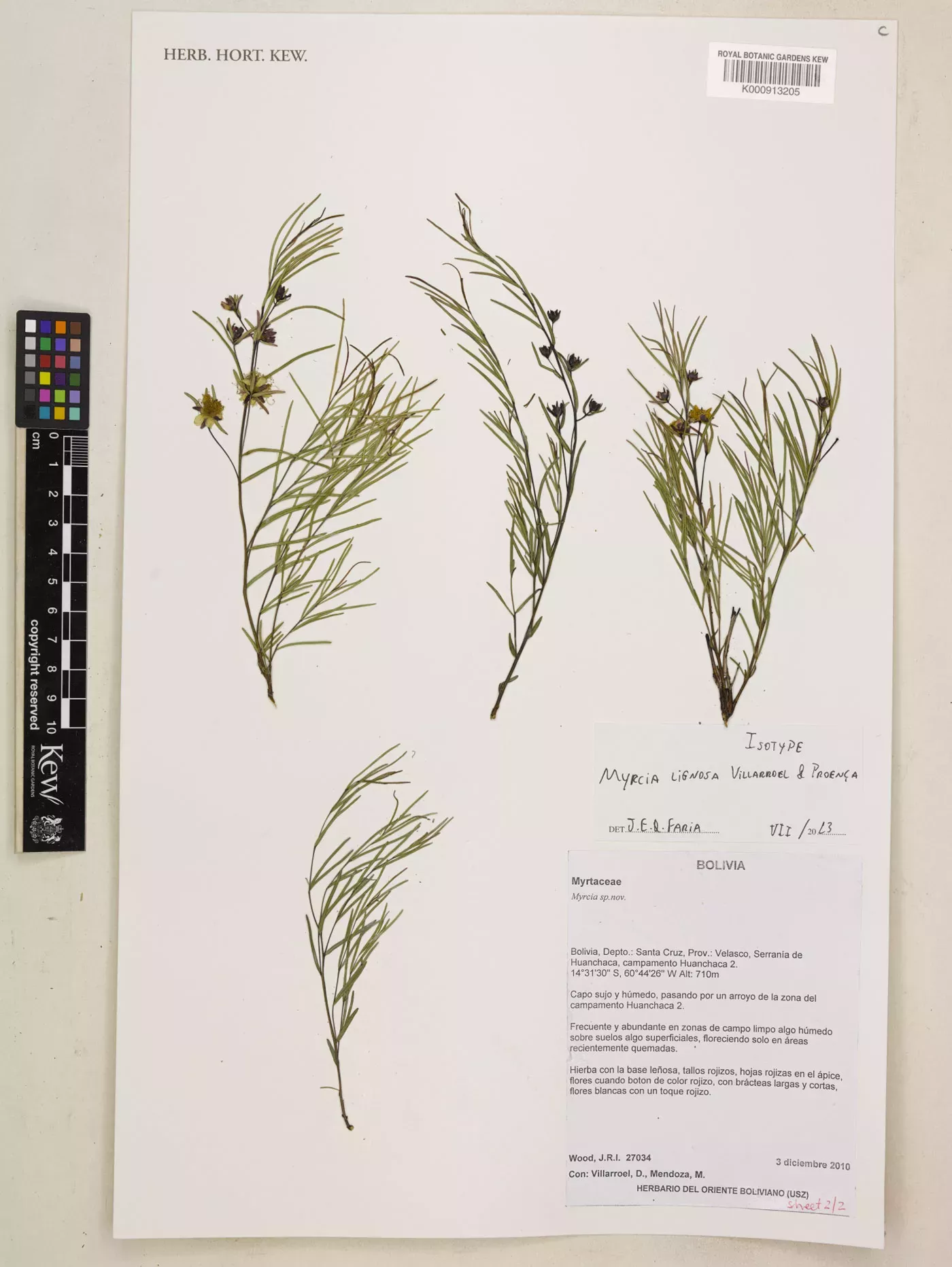
4. Modelling the impacts of climate change
A lot of the vital research conducted at Kew helps to predict the impact of climate change on important plants and global ecosystems.
At Kew, scientists are investigating how southern Ethiopian crops adapt to their environment in order to predict the impact of rising annual temperatures on these crops.
Kew scientists are also measuring the impact of rising temperatures and changing rainfall patterns on important plants in the high-elevation ecosystem of Páramos in Boyacá, Colombia.
These research projects, which are modelling the future impact of climate change and the likely responses of species, will inform conservation decisions.


Kew's vital work is helping to prevent climate-related extinctions, protect threatened areas, and devise conservation plans to save our invaluable plants for future generations.
